1
HOME > Tips & Advice >
THE ULTIMATE GUIDE TO WEARING CUFFLINKS
BRING A TOUCH OF CLASS AND SOPHISTICATION TO YOUR OUTFIT
Written by Menswear Style in Tips & Advice on the 21st April 2017

Cufflinks have been a practical, staple item in any gentleman’s wardrobe for generations. Perfect for special occasions, they have the unique tendency to bring a touch of class and sophistication to your outfit, regardless of what you get up to after a few too many whiskeys. Whether you’re a cufflinks connoisseur or a first-time wearer, we’ve put together a guide to help you learn more about the history, style and types of cufflinks available so you can wear them with confidence at the next big do.
The Function of Cufflinks
Starting at the very beginning, cufflinks act as a fastener, replacing the role of the button. Despite their relatively small size, they serve to keep the shirt in line with the jacket of a men’s suit or tuxedo. They are traditionally worn as part of smart dress but have been increasingly seen in less formal outfits in recent years. They come in a variety of shapes, sizes and decorative colours to suit any style, and many men choose to monogram, engrave or personalise the visible side of the cufflink for an even more unique twist.
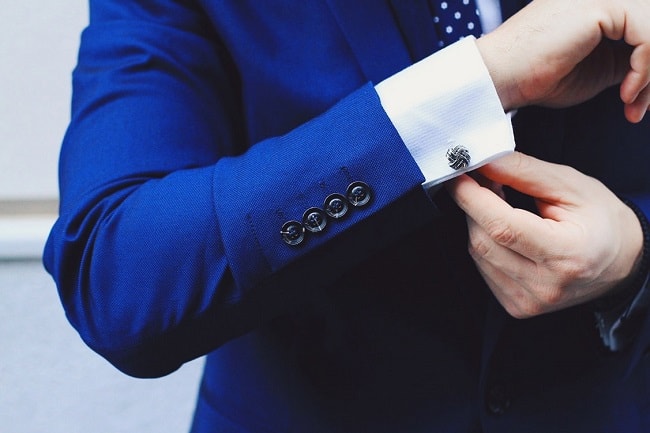
The History of Cufflinks
Cufflinks first began to rise in popularity back in the seventeenth century, having been created by those who desired a more sophisticated option than a button. In its most basic form, men made their own cufflinks by attaching a gold and silver button to a small chain, and pulling them through the hole of a cuff to keep everything in place. In time, cufflinks soon became prevalent amongst the upper classes, who could often be spotted with a pair made from stones, precious metals and various types of fabric. The industrial revolution led to the mass production of the accessory, and rods and fasteners replaced chains, for an easier closure mechanism. The fast development of the cufflink intrigued shirt designers, who were soon producing men’s formal shirts that were cufflink-ready. The trend continued throughout the 19th and 20th centuries, with men and women from all social classes donning cufflinks, including with more casual attire.
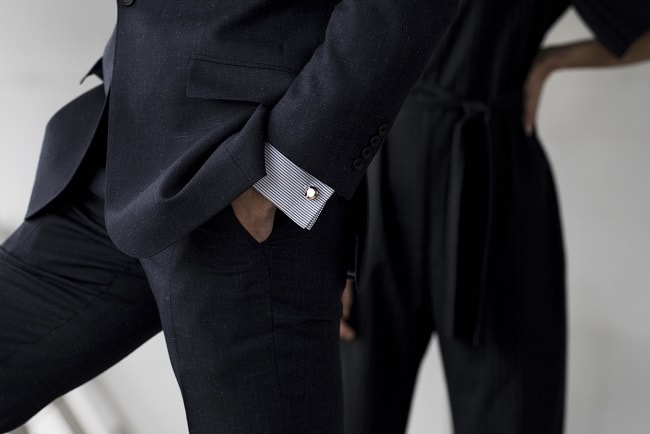
How to Wear Cufflinks
Cufflinks are a pretty simple accessory to wear, providing you have the right style of shirt. Once you have the shirt, fold the cuffs back so that they form an even and straight line at the end of the sleeve. Hold the open edges of the cuff together, so that the two sides lay flat opposing the wrist, before lining up the holes of the cufflinks. Pull the cufflinks through and ensure the decorative side if facing outwards from your body when your arms are at your sides.
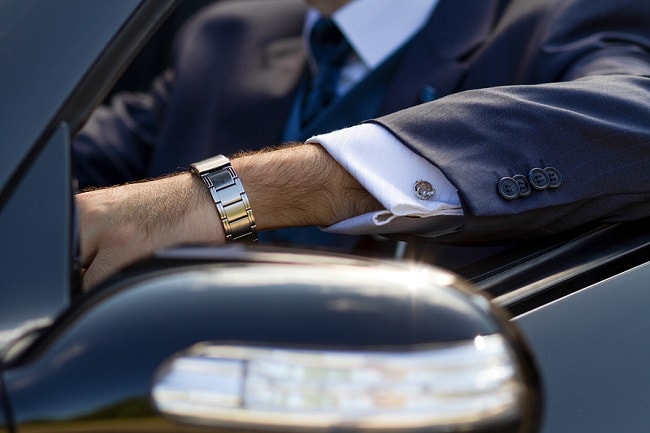
Choosing a Shirt
Be sure to find a shirt that you feel comfortable in and that keeps with your original style, but also one that allows you to wear cufflinks. For a formal occasion, we recommend a French-cuff shirt, as the effortless and timeless style when paired with a quality pair of cufflinks will have you looking smooth and suave in no time. Remember, the ladies love a James Bond look.
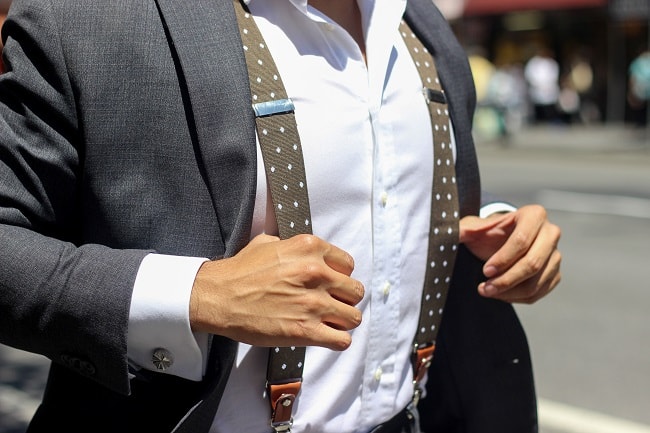
Choosing the Cufflinks
Cufflinks should be chosen in accordance to the formality of your dress code, whilst still in keeping with the themes and styles of the event. Some men struggle to even pair their shirt with their trousers, so if in doubt, opt for a simpler style that is elegant, bringing the outfit together instead of being the talking point. For the ultimate sophisticated and classy look, we recommend opting for vintage cufflinks, which indicate an eye for fashion as well as authenticity. That said, if your personality is particularly outgoing, don’t be afraid to try out equally bold cufflinks to reflect this.
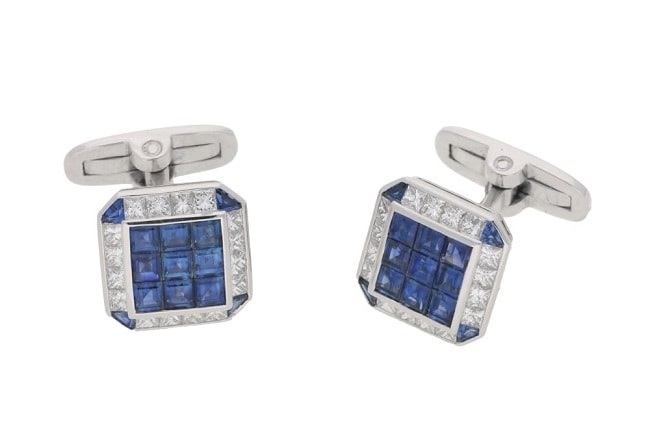
Pairing the Cufflinks
As you begin to build your collection, consider which cufflinks work well with which colours to make sure you hit the nail on the head every time. Think colours, and if you’re struggling, don’t be afraid to ask a girlfriend, sister, friend, or mother for advice. As a general rule, neutral colours such as black, white, grey and beige will go with just about anything, whereas more loud colours will need some further thought. It’s a good idea to make sure that your cufflinks match at least one other part of your outfit, whether it be your belt, tie or watch. Try the outfit on altogether, and as long as the cufflinks are eye-catching but not outfit dominating, then you’re good to go.
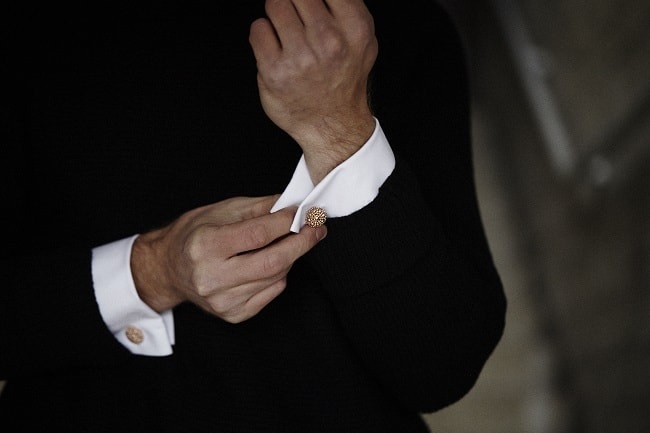
Styles of Cufflinks
There is a wealth of different types of cufflink, including bullet back closure, whale back closure, fixed backing, chain link, ball return and reversible. Who knew there were so many ways to pin back a cuff? Don’t lose sleep over the different types as none are superior to the next, so opt for the ones you like the look of, rather than their mechanisms. Anyway, how hard can it be to pin back a shirt cuff?
Trending
2
3
4
5
6
7
8
9
10









